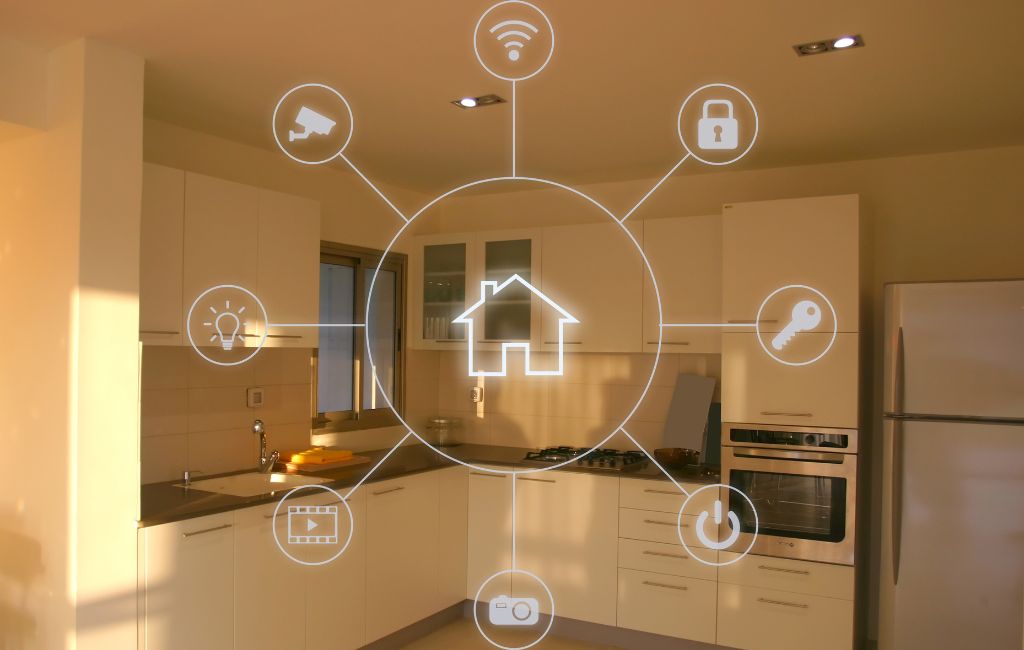In the ever-evolving world of technology, firmware updates in smart homes have become essential for both homeowners and businesses. These updates are critical for maintaining the efficiency and security of smart devices. As our homes become more interconnected, understanding how these updates work and why they are important is crucial.
Smart homes are equipped with various devices, from smart thermostats to intelligent lighting systems, all of which rely on firmware. Firmware is the software that is embedded in these devices, enabling them to function properly. Like any software, firmware needs regular updates to ensure optimal performance and address potential vulnerabilities.

What Are Firmware Updates?
Firmware updates are releases provided by manufacturers to improve the performance, add new features, or fix issues of smart devices. These updates can range from minor tweaks to major changes. They are necessary to keep your smart home devices compatible with the latest technology and security standards.
Why Are Firmware Updates Critical?
The primary reason firmware updates are critical is security. As technology advances, so do the methods used by cybercriminals to exploit vulnerabilities. Regular updates help patch these vulnerabilities, protecting your devices and personal data. An updated device is less likely to fall victim to attacks, ensuring the security and privacy of your smart home.
Enhancing Device Performance and Functionality
Beyond security, updates can enhance the performance of your devices. They may include improvements in speed, reliability, and new functionalities that were not available before. For instance, a firmware update might enable a smart speaker to support new languages or integrate with additional apps, enhancing its overall utility.
The Impact on Homeowners and Businesses
For homeowners, keeping devices updated can save money by improving energy efficiency. Smart thermostats, for example, can optimize heating and cooling based on the latest algorithms, reducing energy consumption and lowering utility bills.
Businesses, on the other hand, can benefit from the improved efficiency and security that updates provide. In a commercial setting, where multiple devices are interconnected, the impact of a security breach could be catastrophic. Keeping systems updated is a proactive measure to prevent potential losses and maintain business continuity.
Challenges in Managing Firmware Updates
Despite their importance, managing firmware updates can be challenging. It requires regular monitoring and manual intervention in some cases. For homeowners who are not tech-savvy, this can be daunting. Fortunately, many manufacturers are now offering automatic update options, simplifying the process.
Businesses may have a dedicated IT team to handle updates, but the complexity increases with the number of devices. Ensuring that all devices are up-to-date requires a systematic approach and sometimes specialized tools to manage updates across multiple platforms.
How to Effectively Manage Firmware Updates in Your Smart Home
To effectively manage updates, start by setting up your devices to receive automatic updates whenever possible. This minimizes the need for manual intervention. For devices that do not support automatic updates, schedule regular checks to ensure they are up-to-date.
Its also beneficial to stay informed about the latest updates and patches released by manufacturers. Joining forums or subscribing to newsletters from manufacturers can provide timely information on upcoming updates and their benefits.
Future Trends in Firmware Updates
As smart home technology continues to evolve, we can expect updates to become more seamless and integrated. The future may see devices that self-update, requiring minimal user intervention. Moreover, the integration of AI in smart homes may lead to predictive updates, where devices anticipate and prepare for updates before they are released.
For more insights on how smart homes are evolving, check out this article on the AI and Robotics in Daily Home Life.
Conclusion
In conclusion, firmware updates in smart homes are not just a technical necessity but a crucial component in ensuring the safety and efficiency of your home or business. By staying proactive with updates, you safeguard your investment and enjoy the full potential of your smart devices.
For additional resources on smart home maintenance, visit this guide on smart home maintenance.

FAQs
What is a firmware update?
A firmware update is a software upgrade for smart devices that improves their functionality and security.
How often should I update my smart home devices?
It's recommended to update your devices as soon as a new firmware release is available to ensure security and performance.
Can firmware updates happen automatically?
Yes, many smart devices now support automatic updates, minimizing the need for manual intervention.

